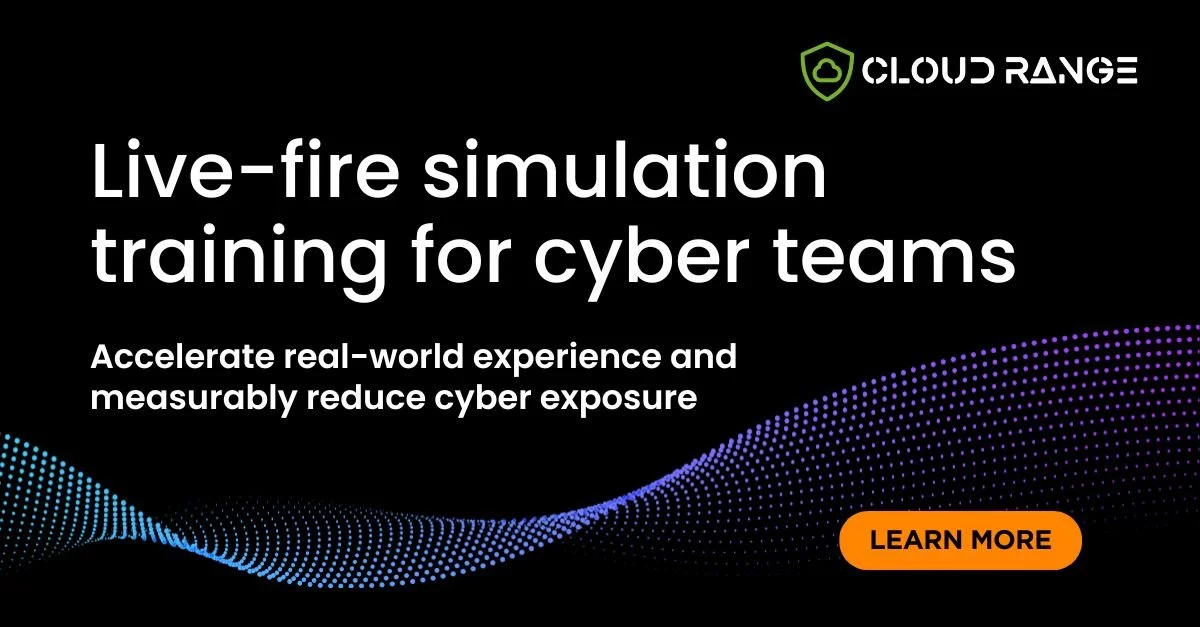The 2025 Cyber Skills Gap: Certified Doesn’t Equal Ready
The 2025 Cyber Skills Gap: Certified Doesn’t Equal Ready
Every year, new cybersecurity professionals enter the workforce with fresh certifications, new technical vocabulary, and a passion to defend. Organizations continue to invest heavily in upskilling and professional development, and certification programs still dominate job descriptions and hiring criteria. In fact, 89% of decision-makers say they prefer to hire cybersecurity personnel with certifications — a stat highlighted in Fortinet’s 2025 Cybersecurity Skills Gap Global Research Report.
But despite this emphasis on credentials, the report makes one thing painfully clear: Certification volume and training spend haven’t translated into real-world readiness. Breaches are still happening at astonishing rates.
According to the report:
86% of organizations experienced one or more breaches in 2024
52% reported the breach cost more than $1 million
59% needed a month or longer to recover
Organizations are hiring certified professionals.
Teams are growing.
Training budgets still exist.
So why are breaches still happening so frequently and with such costly outcomes?
Because while the skills gap is real, it’s not the full story.
The bigger issue is the experience gap.
The Skills Gap Matters — But It’s Not the Main Driver of Risk
There is a documented skills gap. The report notes that 54% of organizations say a lack of security skills or training contributed to breaches. So yes, skills absolutely matter.
But the disconnect is this:
The skills gap affects hiring.
The experience gap affects outcomes.
Certifications prove knowledge. But real incidents don’t test knowledge alone. They test how teams perform under pressure.
Breaches rarely occur because someone hasn’t memorized a concept. They occur because teams haven’t practiced acting on those concepts together, in real time, when every second counts.
That’s the difference between knowing the steps and being able to execute them when it matters.
Knowledge is what you learn.
Readiness is what you can perform.And those are not the same.
Pressure Changes Everything
In a live incident, the difference between knowing what to do and being able to execute in real time under uncertainty is dramatic.
Alerts collide. Signals conflict. Roles blur. Stress rises. Communication frays.
These are not test conditions. They’re combat conditions.
Teams don’t fail because they lack information. They fail because they haven’t practiced acting on that information together, under real pressure.
This is why certifications alone can’t close the readiness gap.
Readiness is a muscle-memory outcome, not a curriculum outcome.
Why Experience Matters More Than Ever
With tighter SLAs and rising board-level accountability, the stakes extend far beyond containment metrics or breach counts.
It’s not just money. It’s uptime, reputation, operational stability, and the trust you’ve worked to build.
A breach may still occur, but the damage curve improves dramatically when teams have practiced detecting, analyzing, containing, escalating, and communicating under pressure.
Prepared teams move from reacting to responding — and from catching up to staying ahead.
Closing the Experience Gap Requires a Training Shift
Bridging the gap takes more than a class, a lab, or a one-time boot camp.
It requires:
Practicing real attacks
Sharpening team responses
Building pressure-tested reflexes
Repeating and measuring improvement over time
And most importantly:
It must be team-based, not individual-only.Attackers don’t operate alone, and defenders don’t succeed alone.
From Knowledge to Capability
A modern cyber-ready workforce is built the same way elite pilots, emergency medicine teams, and military units are built:
Repetition + realism + reflection = readiness
That’s why it’s critical to train like you fight.
When cybersecurity training includes a team-based program of dynamic, live-fire simulations, organizations shift from credential confidence to response confidence, which is where it matters most.
Because the next breach won’t test what your team knows. It will test what they can do — together, under pressure.


